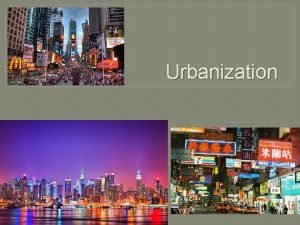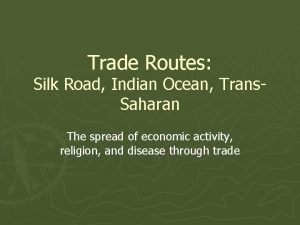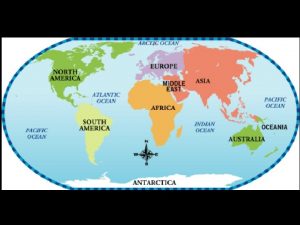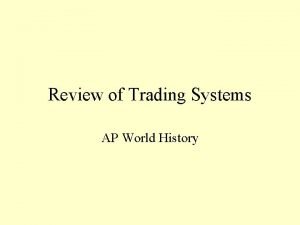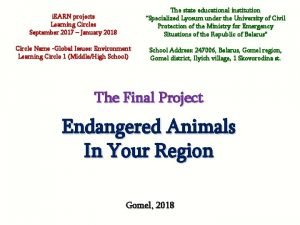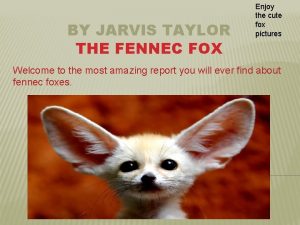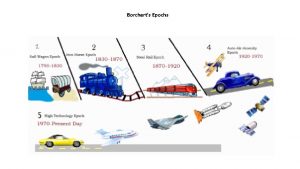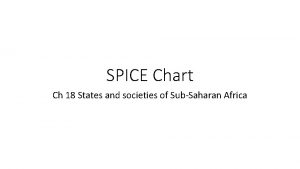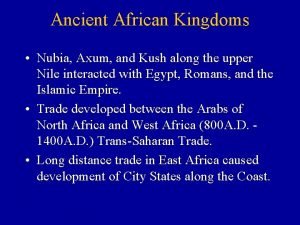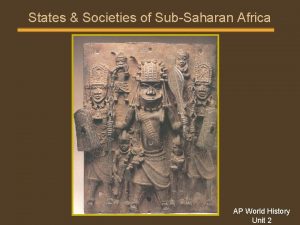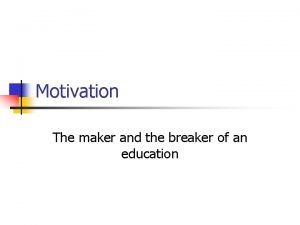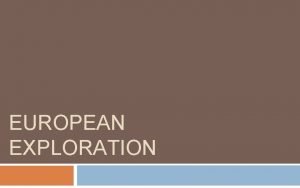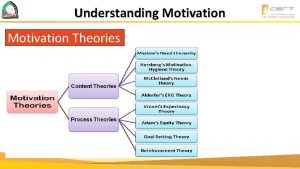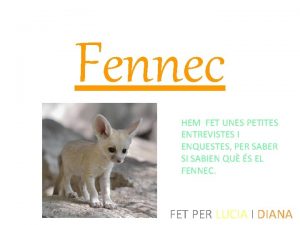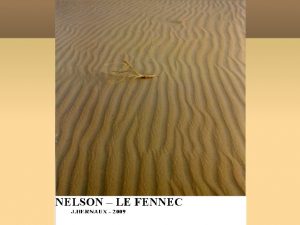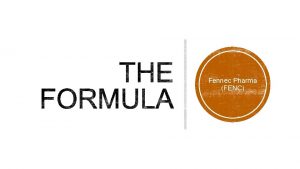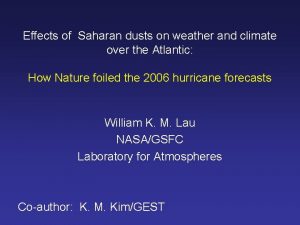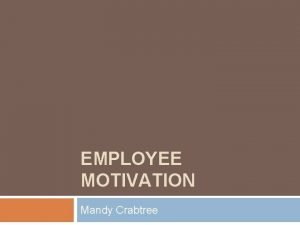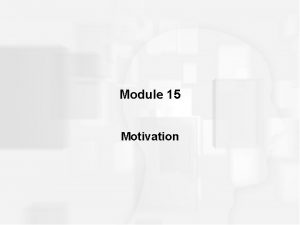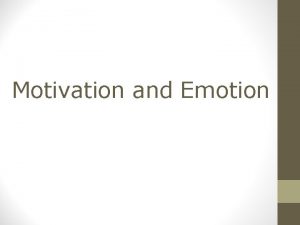Fennec Understanding the Saharan climate system Motivation Why

























- Slides: 25

Fennec: Understanding the Saharan climate system

Motivation – Why the Sahara again? ? ? • The climate of the Saharan region is unique, characterised by; • The summertime Saharan heat-low (SHL) system, uniquely deep BL structure. • The world’s largest mineral dust aerosol loadings • The region is important to regional and global climate. • The SHL plays an important role in the W. African Monsoon circulation. • Dust aerosols are an important component of the global climate system • Radiation budget • Dynamics of the region, • Cloud properties • Oceanic and terrestrial biogeochemical cycles. • Dust generation is related to processes at a range of scales • Dust devils, meso-scale convective cold pool outflows, low level jets and synoptic scale forcing. • The climate of the Sahara is currently poorly observed and understood. • Errors in numerical models over the Sahara are very large. • Outgoing Long Wave Radiation model errors in June ~50 Wm-2 • Many climate models do not represent well onset of W. African monsoon • Great uncertainty in predictions of climate change for Sahelian rainfall • Scientific requirements • Better observations the Saharan atmosphere • Improve understanding of processes • Improve understanding of model deficiencies • Fennec proposal aims to address these issues

ITD – Inter-Tropical Discontinuity – Northern Boundary of Monsoon (AMMA, DABEX, DODO, GERBILS)

Systematic Errors in the Sahara § 2 m temperature differences between Had. GEM 1 and ERA 40 (1960 -1990) Systematic errors in UM § Clear-sky outgoing wave of 50 Wm-2 in the Sahara (Haywood et al, 2005). § Surface net SW of 100 Wm-2 in the Sahel from dust and albedo errors (Milton et al, 2008). § Errors in dust affect large scale dynamics (Tompkins et al, 2005).

“Active” West African radiosonde stations SHL location from Lavaysse et al, 2008 SAMUM AMMA B 215 DODO GERBILS AMMA § Radiosondes are all outside the climatological location of the Saharan Heat Low (SHL). § Saharan radiosonde stations are near mountains (NOT IDEAL)

Dust Saharan Heat Low West African Monsoon § Saharan heat low controls monsoon. African easterly waves act as hurricane precursors. § Sahara is Earth’s largest global dust source.

Schematic of exchanges between convective and residual Saharan boundary layers Processes identified, need improved quantification (Cuesta, et al, ASL, 2008).


Mineral dust is a BIG HITTER and important for many processes throughout the SAL. - DUSTY Stratified residual layer SW fluxes strongly influenced by dust Turblent convective layer (by day). Winds and mixing controlled by deep, dry convection - DUSTY - LW fluxes strongly influenced by dust and humidity Advection of dust plumes (strong diurnal cycle) Dust uplift Surface energy balance – little water

http: //earthobservatory. nasa. gov/IOTD/view. php? id=47970

All SEVIRI Years

Fennec: Scientific Objectives • To generate a definitive dataset on the structure and composition of the Saharan atmosphere • To characterise thermodynamic, dynamic and compositional structure of the troposphere over the Sahara desert and surrounding regions. • To quantify the processes controlling the tropospheric structure, and evaluate how the limited representation of these processes in weather and climate models leads to errors, and how these errors can be reduced. • To determine the mechanisms of dust emission from the key source regions in the region at a range of scales and the associated radiative forcing.

Fennec project activities (1) Observational field programme • Two super-sites established as close as logistically possible to the SHL to observe the structure and composition of the atmosphere. • Instrumentation will include surface radiative and heat fluxes, AWS, radiosondes, sodar, sun photometers, lidar, dust samplers • Network of automatic remote stations for surface meteorology. • Coincident flight campaign utilising BAe 146 and F 20 aircraft • Instrumentation: Broadband radiometers, aerosol lidar, PCASP, nephelometer dust samplers, dropsondes • Extended observation period (IOP) of 1 year: 1/1/2011 - 31/12/2011 • Intensive observational period (EOP) of 1 month: 1/6/201130/6/2011 (2) Comprehensive modelling programme to evaluate model representation of dynamical and aerosol processes.

The Fennec team • Fennec-UK: • University of Oxford (Richard Washington); University of Leeds (Doug Parker, Jim Mc. Quaid, John Marsham & Graham Mann); University of Reading (Ellie Highwood); University of Sussex (Martin Todd); Imperial (Helen Brindley) • Project Partners: UK Met Office (Jim Haywood) – Radiometers, mini. LIDAR, models & Hours LISA (Paola Formenti) - Filters NCAS FGAM (Fay Davies, Leeds) - Doppler radar Maryland (Jose Martins) – More filters analysis And others…. . Peter Knippertz (Leeds), Mike Krom (Leeds), Ally Lewis (York), Eric Achterberg (Southampton)…. . • Fennec-France • ISPL: Cyrille Flamant – SAFIRE Falcon, Ground based LIDAR • Fennec-Germany • University of Cologne (Andreas Fink)

Fennec Airborne Science Objectives The 146 will operate fro Ouarzazate is gives access to the SHL to ensure excellent sampling. A suite of four flight plans will provide optimal use of the aircraft during the 28 day detachment. Some of these flight plans can be merged to provide increased observational efficiencies. When extended flights are made over the remote Zouerat SS, or the most remote AWS. We are exploring other airports for refuelingor overnight accommodation. Flights will include: • Synoptic Surveys - extended low level runs in boundary layer, sampling synoptic and mesoscale variability; • Boundary Layer in the Heat Low - High level runs to release dropsondes followed by multiple stacked straight and level runs through the boundary layer down to minimum safe altitude to determine turbulent and radiative fluxes; • Radiation Flights -coordinated with satellite overpasses, series of flight legs, box patterns and orbits above and below dust layers; and • Validation of supersites- Multi-altitude stacked runs above the supersites (WP 1) - coordinated with satellite overpass

Fennec Enhancements to Aerosol Kit LTI ‘work’ Mark Bart – 6 months + £ 20 k The aim to provide access to coarse mode aerosol for Paola’s filter samples. New Filter stack (vertical) to be included Calibration of Neph(s) Instrument fit: Lightweight Large Radiometers (SHIMS, SWS, ARIES) Mini-LIDAR New Filters System (LTI)


IMPORTANT: Aims of the Pilot Campaign are quite different to the Main Campaign. • The pilot was always designed to test the aircraft capabilities…. . How long does a “run” really have to be? ? • To refine flight planning, required tools etc for the main campaign. • Learn about the dynamics/mechanics of the Heat Low. • Setup logistics for the main campaign – “hit the ground running”

Original Fennec “Operational Box” Also shown Algeria MO ground network



Typical vertical stack might be: Sonde run (FL 250) – 30 mins, SLR 1 (FL 150) - 10 mins, SLR 2 (FL 100) - 10 mins, SLR 3 (FL 50) - 10 mins, SLR 4 (3000’) - 10 mins, SLR 5 (1500’) - 10 mins, SLR 6 (MSA) - 10 mins, Back to FL 200 and repeat Extended Sonde & LIDAR run @ FL 250 (30 minutes) SBL (CBL - 6000 m) SBL (above CBL - 6000 m) CBL (0 - 5000 m) Convective Boundary Layer (CBL) grows on a daily cycle from the surface up to 5 km Fennec has a key aim to investigate the development of the CBL Up to 10 km CBL (0 - 5000 m)

Surface Albedo

Surface Albedo

Radiation Flight over Zouerat Supersite
 Pictures
Pictures African city model
African city model Silk road indian ocean trans saharan
Silk road indian ocean trans saharan Trans saharan trade route
Trans saharan trade route Sub saharan africa physical features
Sub saharan africa physical features Trans saharan trade
Trans saharan trade Fennec fox diagram
Fennec fox diagram Cindy mele
Cindy mele Fat fennec fox
Fat fennec fox African city model
African city model Africa landforms map
Africa landforms map Chapter 18 states and societies of sub-saharan africa
Chapter 18 states and societies of sub-saharan africa Trans saharan trade route
Trans saharan trade route Sub-saharan africa
Sub-saharan africa Sub saharan africa ap world history
Sub saharan africa ap world history Climate change 2014 mitigation of climate change
Climate change 2014 mitigation of climate change Don't ask why why why
Don't ask why why why Importance of motivation
Importance of motivation Why motivation matters
Why motivation matters Gold god glory
Gold god glory Hát kết hợp bộ gõ cơ thể
Hát kết hợp bộ gõ cơ thể Frameset trong html5
Frameset trong html5 Bổ thể
Bổ thể Tỉ lệ cơ thể trẻ em
Tỉ lệ cơ thể trẻ em Voi kéo gỗ như thế nào
Voi kéo gỗ như thế nào Chụp tư thế worms-breton
Chụp tư thế worms-breton

